Global desert: Drought turning the planet into a tinderbox
Drought is turning many areas of the globe into arid wastelands. Excessive heat has cost lives, ruined crops and created water shortages. The effects are being felt from South America to the Arctic Circle.
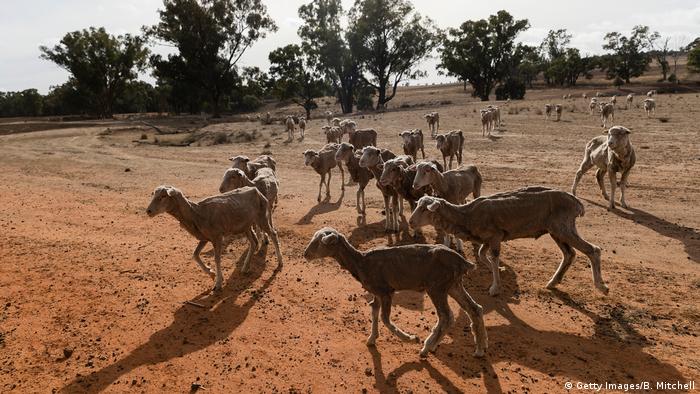
Australia: ‘Land of drought’
Australian Prime Minister Malcolm Turnbull, addressing the drought in the state of New South Wales, which produces one-quarter of the country’s agricultural output, said, “Now we are the land of drought.” Australia recently passed legislation to provide hundreds of millions of dollars worth of relief aid to farmers, including funds for mental health support.
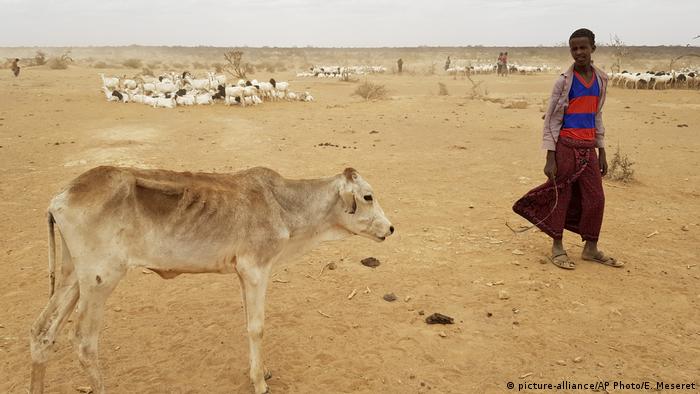
Ethiopia: The end of nomadic life?
Ethiopia has been suffering from ongoing drought conditions since 2015, causing massive food shortages. The Ethiopian government said that some 8.5 million citizens required emergency food assistance in 2017 and that nearly 400,000 infants suffered acute malnutrition. Furthermore, the drought threatens to end traditional nomadic herding in the region.
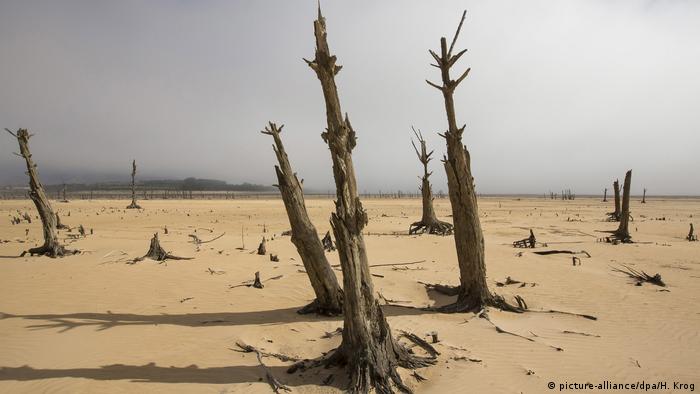
South Africa: The looming prospect of Day Zero
Conservation and late-season rains saved South Africa’s Cape Town from an apocalyptic Day Zero scenario, in which water would have to be turned off and emergency rations issued, The drought, which was one of the worst in decades, emptied water reservoirs and caused some experts to suggest hauling icebergs from Antarctica avert a crisis.
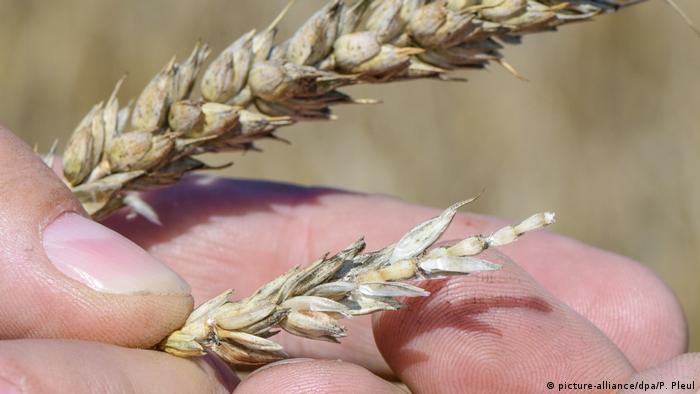
Europe: Withering crops
Europe’s sweltering heat has been compounded by a lack of rain. Not only have citizens been suffering the health consequences, which affect health care systems and labor productivity, crops have also been hit hard. Farmers across the continent fear bankruptcy due to poor crops and the EU Joint Research Center predicts “an increase in drought frequency and intensity in the future.”
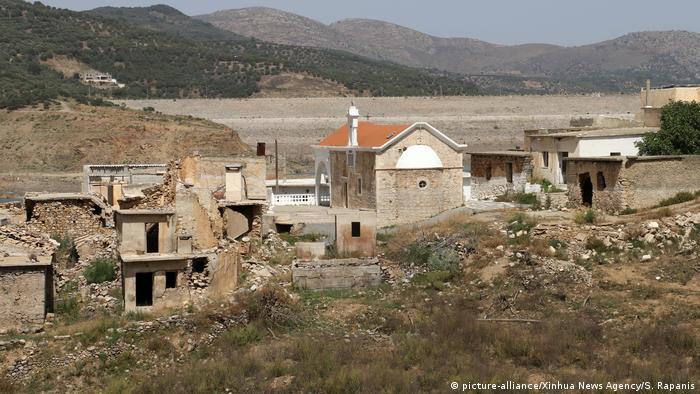
Greece: Lost villages reappear as crops die
Greece has been facing the dual problem of flash flooding in some regions and drought in others. Crete’s farmers said they could lose up to 40 percent of their crop this year due to an extremely dry winter. Though they are watering, they say it is not enough to nourish their crops. Water levels are so low that previously submerged villages have begun to reappear in reservoirs across the country.
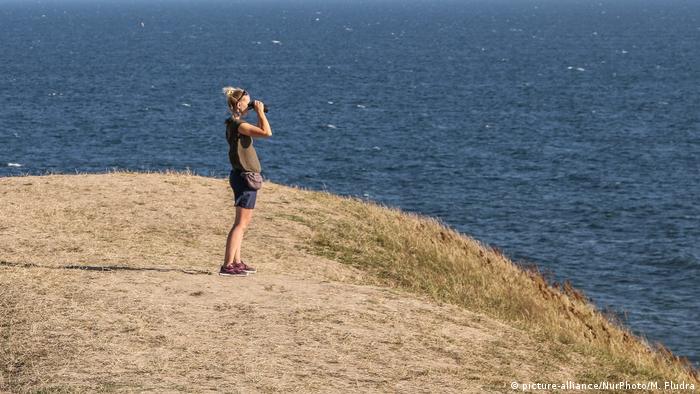
Sweden: Worst drought since 1944
Sweden, which has not seen rain for over three months, is experiencing its worst drought since 1944. The situation threatens to cause severe crop losses costing farmers hundreds of thousands of euros. Sweden has been the site of massive forest fires and has even seen temperatures exceeding 30 degrees Celsius (86 degrees Fahrenheit) in the Arctic Circle.
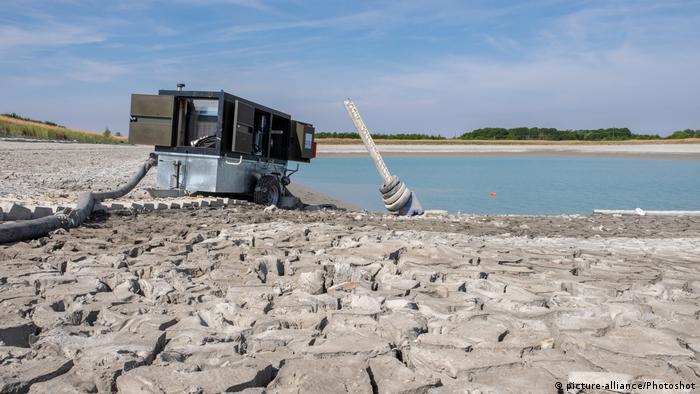
UK: ‘Tinderbox conditions’
The United Kingdom fears serious threats to its food supply chain due to the effects of this summer’s drought. The country’s National Farmers Union said the country is experiencing “tinderbox conditions.” This adds to problems brought on by the prospect of needed self-reliance in the event of a no-deal Brexit.
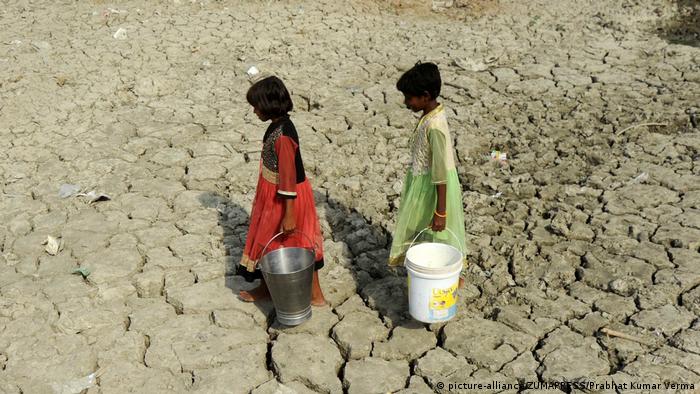
India: Running out of water
India has been plagued by water shortages due to rising population and mismanagement but also aggravated by drought, causing many areas of the country to run out of water. Bangalore was recently added to the list of global cities most likely to run out of drinking water. Other cities on the list include Cape Town, South Africa; Jakarta, Indonesia and Sao Paolo, Brazil.
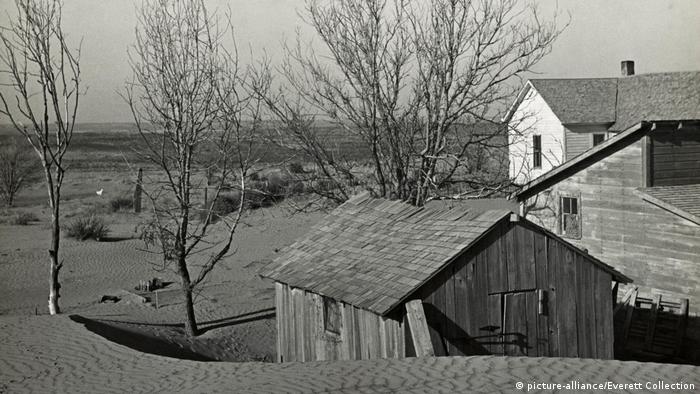
USA: Back to the Dust Bowl
The US government said 29 percent of the country is currently experiencing drought, with conditions affecting some 75 million people. Although wildfires in California have captured the world’s attention, farming states, like Kansas, have once again been suffering. Kansas was one of the states crippled by the famous 1930s Dust Bowl.